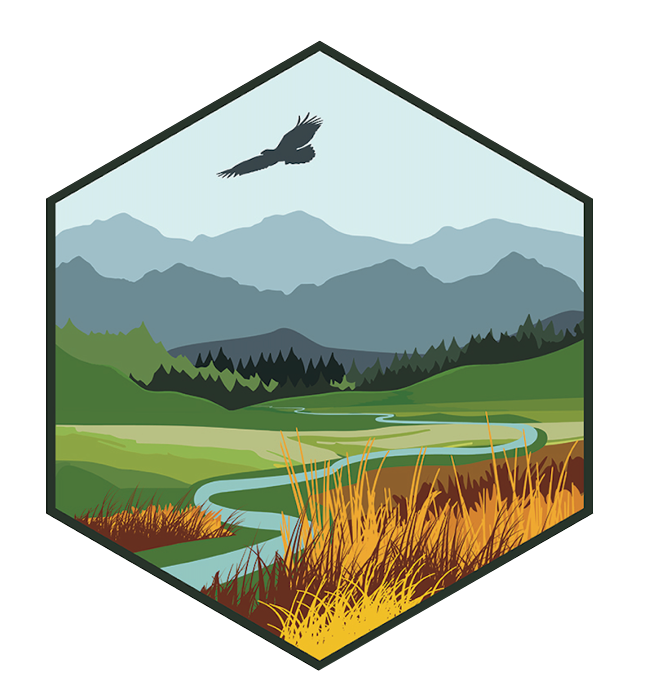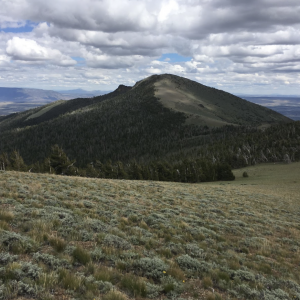When
The webinar will cover two complementary studies of how forest transformations (Nagy) and restoration of areas invaded by exotic annual grasses (Maxwell) affect carbon storage across the North Central United States. In the first part of the session, Dr. Maxwell will share preliminary results from a study seeking to quantify the potential carbon benefits and soil health co-benefits of successful restorations of heavily invaded exotic annual grasslands. The NC CASC-funded study spanned 48 sites across Montana, Wyoming and Colorado from low-elevation grasslands to high elevation meadows in Rocky Mountain National Park. Focusing on soil carbon, where the majority of carbon is stored in these semi-arid rangelands, this presentation will explore how different restoration practices, climate, and time all interact to affect when, and whether carbon benefits should be expected when exotic annual grasses are eradicated from a site. In the second part of the session, Dr. Nagy will share preliminary findings from a study to quantify the changes in carbon storage due to ecological transformations associated with wildfire and invasive plants in forests across the North Central U.S. Using satellite data to track annual changes in vegetation indices, this study detects areas that have experienced transformation (e.g., forest to shrubland or grassland) and quantifies the accompanying changes in aboveground biomass. This NC CASC-funded project involves collaboration with stakeholders from agencies and organizations across the North Central region to inform the remote sensing analysis and co-produce a management menu.


